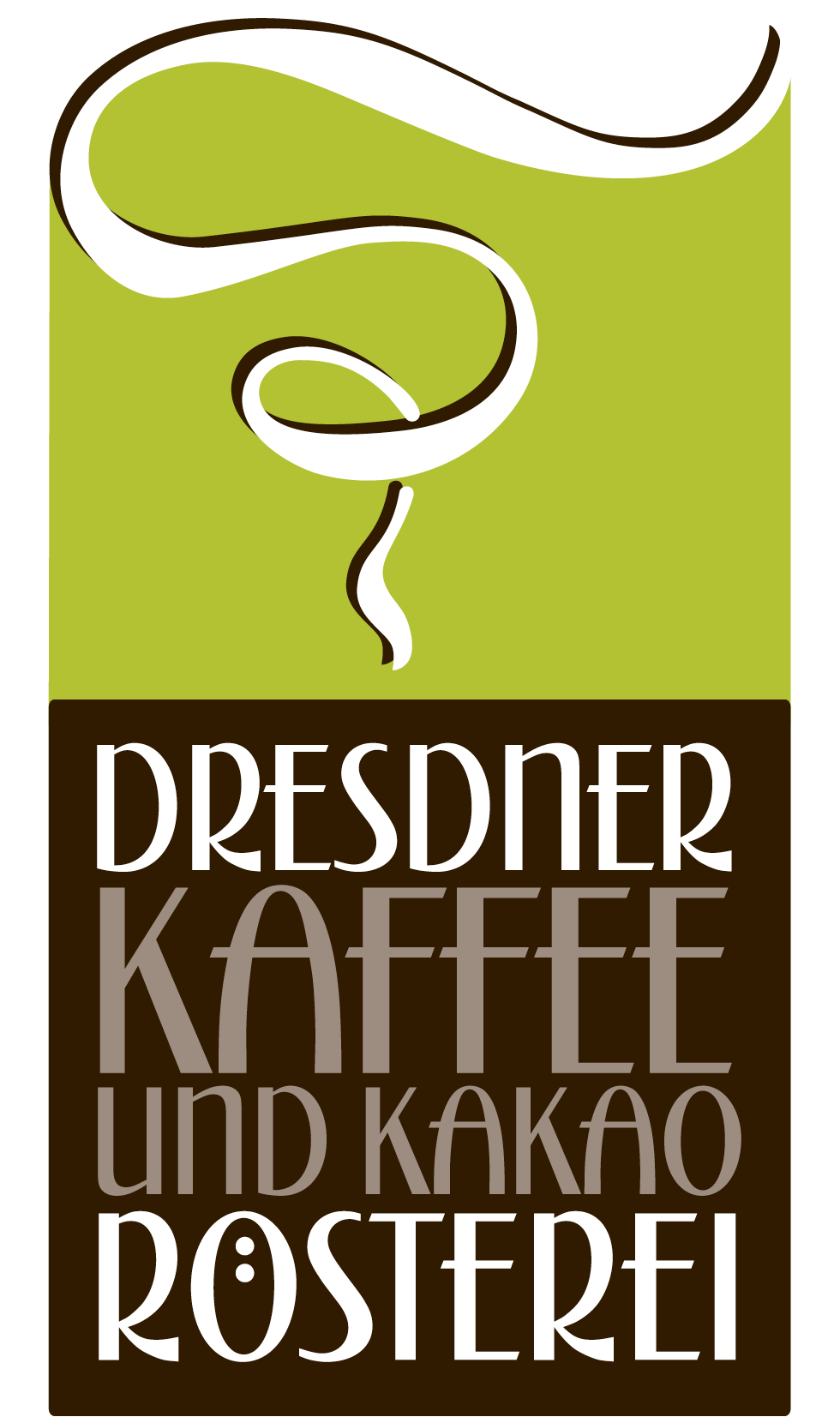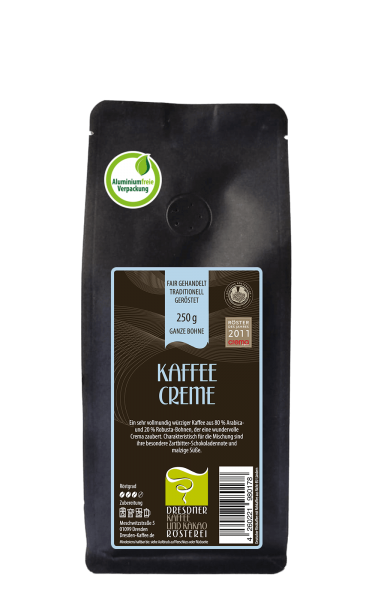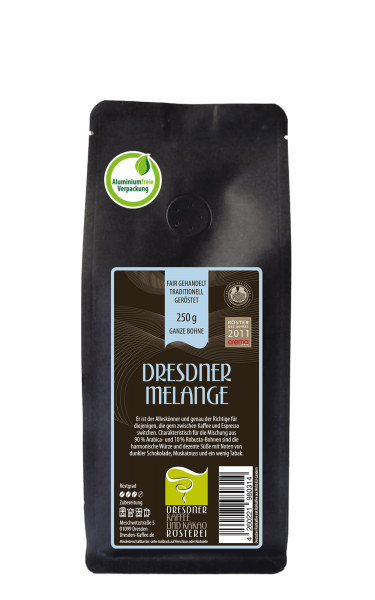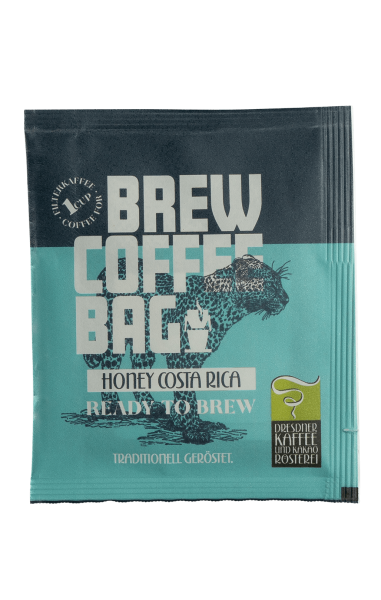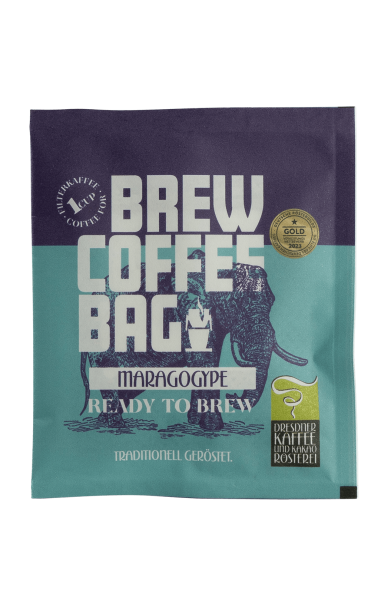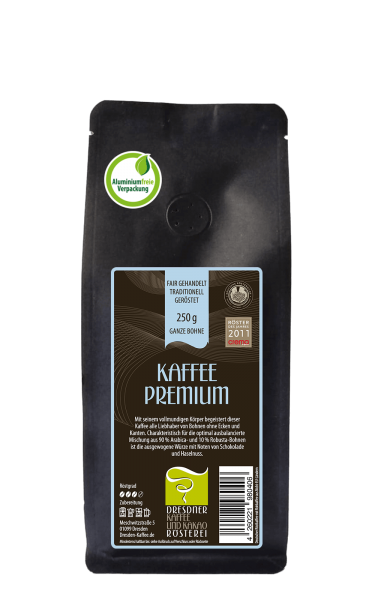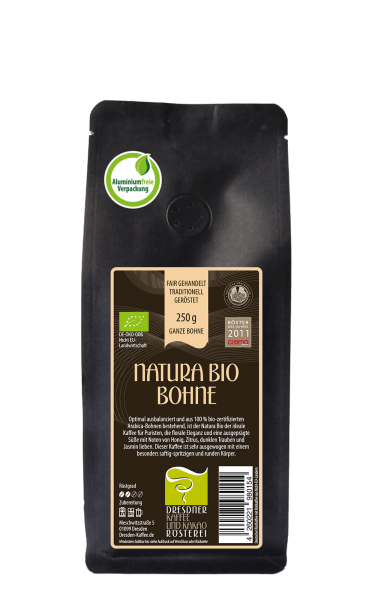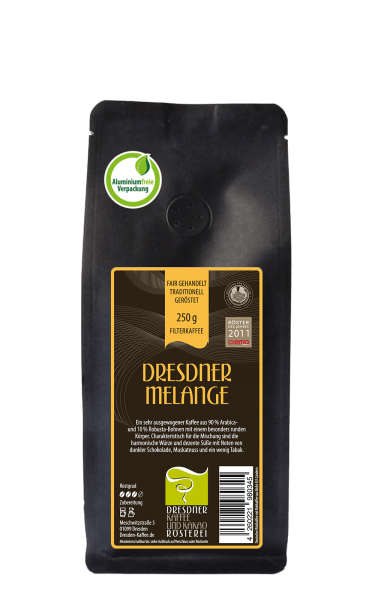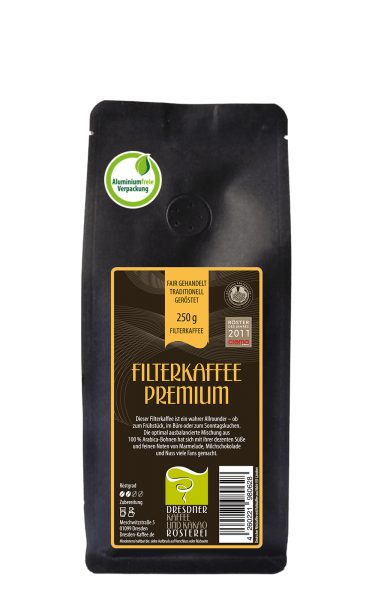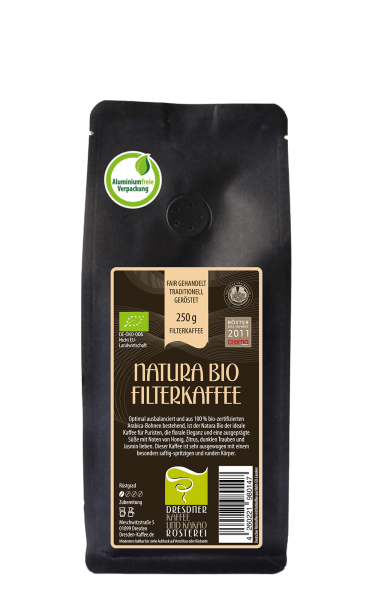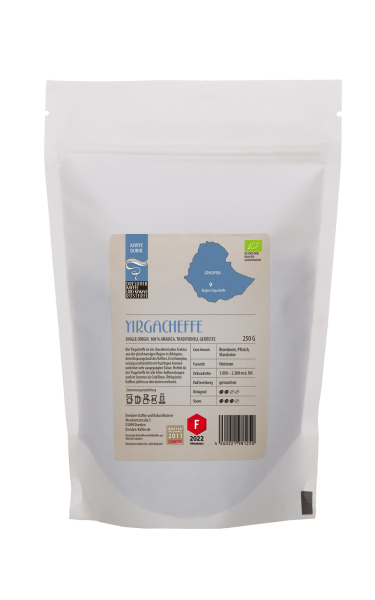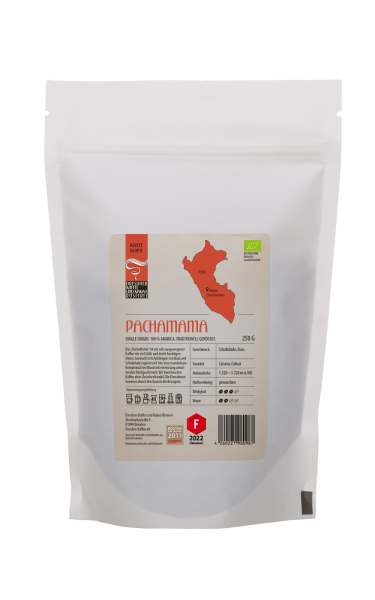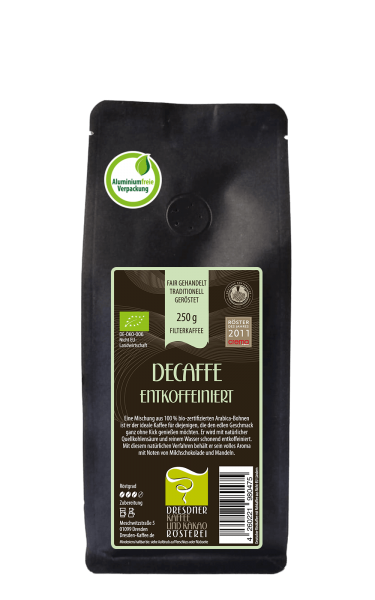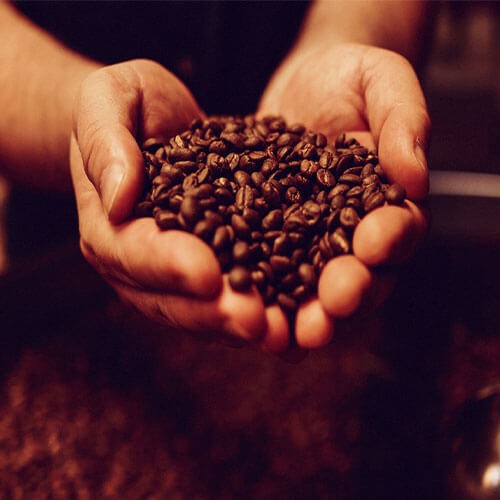The fresher the better?
No, not quite. The background to this is that larger quantities of carbon dioxide are produced during the roasting process, some of which is bound in the bean after roasting and slowly outgases over the following days. This can amount to up to six liters of gas per kilogram of coffee. Only after this time is the coffee ready to develop its flavor and aroma to the full, which is the ideal time for consumption.
Although it is possible to let the beans outgas after roasting in silos or large tubs, this causes them to come into contact with oxygen, which results in a loss of aromas. This is due to the fact that aroma-bearing oils, for example, become warty when they come into contact with oxygen. In addition, aromas and particles also escape with the outgassing, which are also lost through air contact.
Coffee - it's the packaging that counts
A good coffee package therefore has a one-way valve. The coffee beans can continue to outgas in the package when freshly roasted. Carbon dioxide can escape through the valve. Once the excess pressure is relieved, the valve closes automatically. Oxygen is prevented from entering. Because of this protective function, the valves are also known as aroma protection valves or aroma valves for short. The patent for the small plastic valve (the diameter is usually just over 2 cm) was filed by Luigi Goglio in 1993.
What material are our coffee packaging made of?
Sustainability and environmental awareness are more important than ever today, for us too. We have therefore decided to use aluminum-free coffee packaging made of kraft paper. After all, aluminum pollutes the environment due to the large amount of energy required for processing and the often environmentally harmful degradation process. Since these films are also a composite material, they can hardly be recycled. Therefore, fingers off - the coffee packaging should be 100% aluminum-free!
